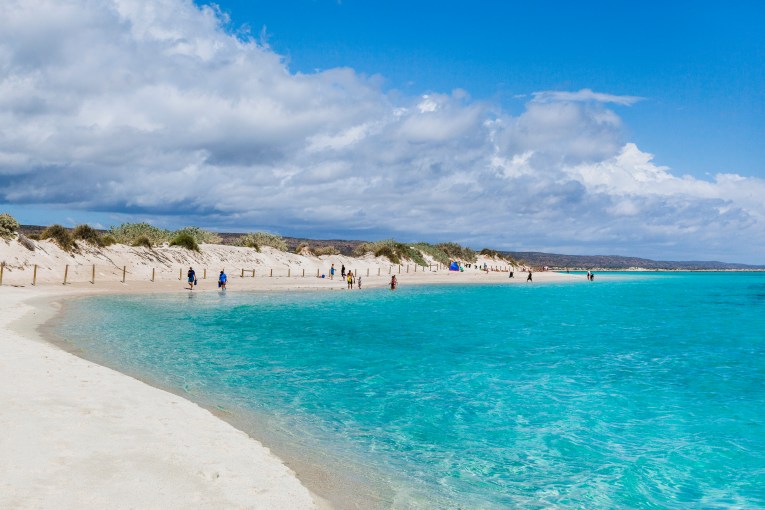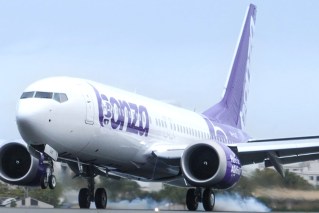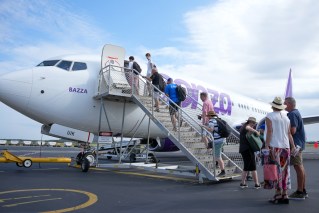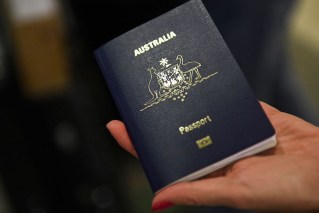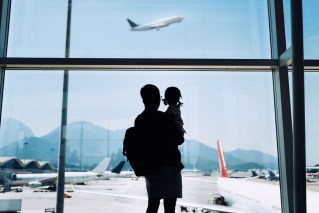Airlines rolled the dice in December, and consumers walked with their wallets

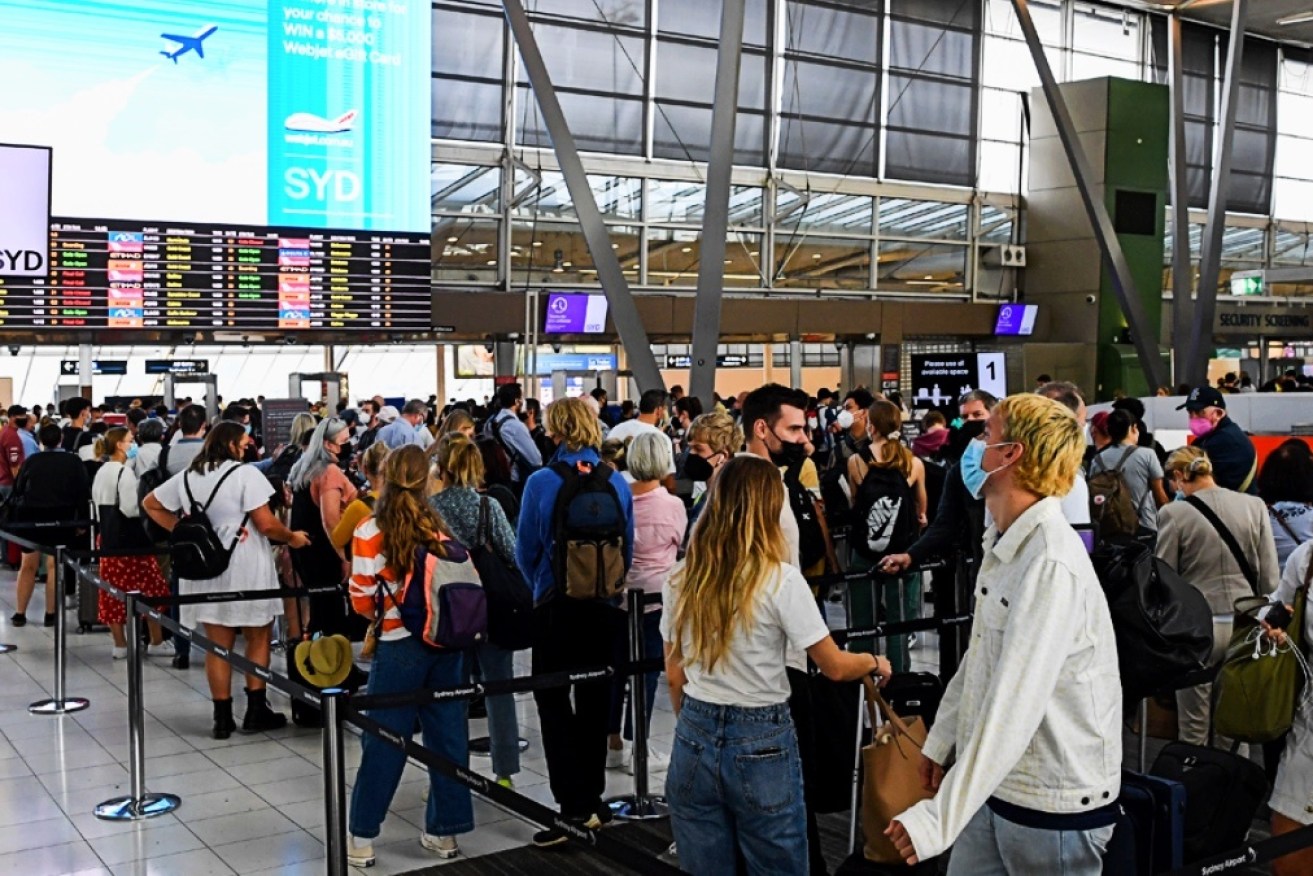
Fewer passengers passed through Sydney and Melbourne airports in December than expected. Image: Getty
In a blow to the aviation and tourism industries, Sydney and Melbourne’s airports had fewer passengers pass through their terminals in December 2022 than pre-COVID December 2019.
The New Daily spoke with an aviation expert who said that although terminals were busy, passenger traffic did not meet the levels expected over the Christmas holidays.
Holidaymakers were also forced to endure delays as airline arrivals and departure times slumped below average over the festive season.
News of the slump comes as another Qantas flight turned back mid-flight, the airline’s sixth incident in just over a week.
Flight QF887 was heading from Adelaide to Perth on Tuesday, but was forced to return because of a paperwork issue.
‘Demand wasn’t there’
Sydney Airport revealed domestic traffic totalled 1,937,000 people in December, down 17.5 per cent on December 2019.
International passenger traffic was also down, by 27.9 per cent, on December 2019.
A total of 3,093,000 passengers passed through Sydney Airport in December 2022, down 21.7 per cent compared to pre-COVID December 2019.
Melbourne Airport reported a total of 2,635,925 passengers in December – 79 per cent – of the 3,332,940 passengers processed in December 2019.
Although it’s the highest monthly total since the onset of the COVID-19 pandemic, domestic traveller numbers were down on the preceding three months, reflecting “higher airfares, capacity constraints and changing consumer behaviour”, according to a statement by the airport.
Professor Doug Drury, head of aviation at Central Queensland University, told TND that airlines had got it wrong.
“Airlines wanted more people to travel, and the [Australian Competition and Consumer Commission] ACCC basically gave the airlines a heads up – ‘bring these prices down, make it reasonable’ – and now we’re seeing that through the holiday period, there weren’t enough people. The demand wasn’t there.”
The ACCC put the airlines on notice in December, saying it would “monitor them [airlines] closely” to ensure the likes of Qantas and Virgin were not withholding capacity on flights to keep airfares high.
It came after an ACCC report revealed the average revenue per passenger, an indication of average airfares across all fare types, was 27 per cent higher in October 2022 than in October 2019.
Professor Drury characterised the aviation industry as reactive, always looking to the future, but not always “getting it right”.
“High prices are certainly something that will make the travelling public think twice before buying tickets,” he said.
“It’s a roll of the dice for [airlines]. They knew they had a captive audience, and they were hoping that we would continue to pay the higher prices. But people are uncertain about the future.
“So this is where, as consumers, we can walk with our wallets. So we did.”
Sydney Airport’s chief executive Geoff Culbert said there is “significantly more work to do to rebuild overseas travel”, with lower flight numbers and international passenger traffic still well behind pre-pandemic levels.
“Australia needs to unlock more capacity, and quickly, if we want to see a sustained recovery for our tourism, education and export industries,” he said.
“There are some positive signs, with the number of flights to and from China rapidly increasing following that crucial border reopening and All Nippon Airways (ANA) announcing that it is doubling its Sydney to Tokyo flights to twice daily from late March.”
A spokesperson for Melbourne Airport said capacity was the reason for the December numbers.
“One of the biggest constraints is seat capacity, particularly on international routes,” the spokesperson told TND.
“International carriers are progressively returning capacity to Melbourne, which will help provide travellers with more choice and, ultimately, cheaper fares.”
They said the airport had a solid start to the year.
“So far, our January numbers are tracking well, with our busiest day of the holiday period recorded on January 20.
“We’re keeping a close eye on travel trends to see how passenger behaviour may have changed over the past few years.
“We’ve already noticed an increase in traffic on Thursdays and Fridays as people take advantage of more flexible working arrangements.”

Experts say although terminals were busy, passenger traffic did not meet the levels expected. Photo: Getty
Domestic flights stall
Australian travellers endured delays as airline arrivals and departure times slumped below average over the festive season.
Government data for domestic on-time performance in December shows arrival and departure times were significantly lower than the long-term average performance for all routes across the country.
The December report card revealed on-time performance dropped to 71.1 per cent for arrivals and 70.8 per cent for on-time departures.
The performance was significantly lower than 2021 results of 84.2 per cent for on-time arrivals and 83.2 per cent for departures, according to the report by the Bureau of Infrastructure and Transport Research Economics.
The figures also show a 3.4 per cent cancellation rate for the month.
Qantas achieved the highest number of on-time arrivals of major domestic airlines at 73 per cent, followed by Virgin Australia at 67.3 per cent, and Jetstar at 62 per cent.
-with AAP
